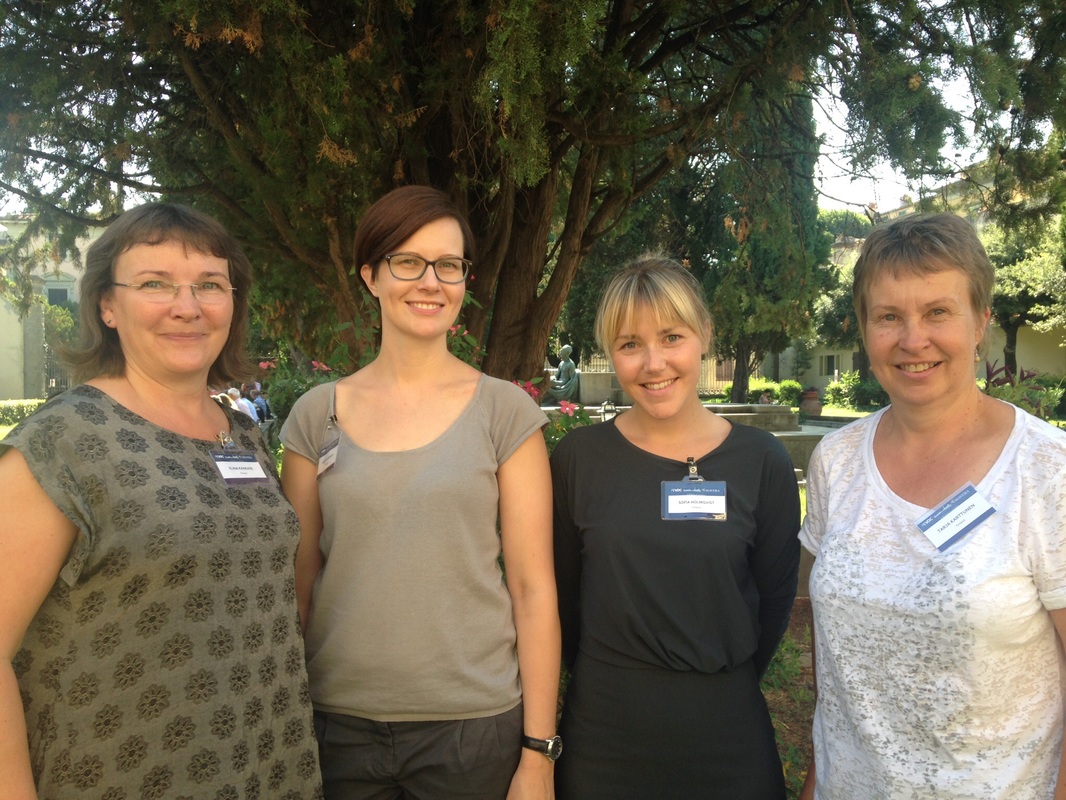Voice Ergonomics
Voice ergonomics is a theoretical and fundamental understanding of human voice production, speaking and speech hearing in speech communication environments, and the application of that understanding to the design of real settings. It is not only to protect voice organs from harmful effects, but also the whole communication line.
Voice ergonomics means to observe the work environment from the speech communication point of view. It means speaking, voice production, speech hearing, and speech recognition, and to reduce noise in order to prevent its cognitive detrimental effects on attention and memory. The goal of voice ergonomics is to get work environments as good as possible for voice use and speech communication, and the cognitive functions attention and memory.
Voice ergonomics has been developed for improving voice and speech as tools for communication. It consists of all factors and measures that increase the possibilities for good voice and speech production and for the hearing and perception of speech. Voice ergonomics contains personal and environmental factors such as taking care of the health of the voice organs and adopting less loading or loading-free activities and working practices. It also contains observing and treating noise sources and acoustics, working and activity practices and postures and indoor air quality proper for voice and speech production. When voice ergonomics is understood extensively it also includes, in addition to the reduction of risk factors for a voice disorder, the reduction of noise that is important for speech perception and the cognitive functions of listeners such as attention and memory. Voice ergonomics is thus overlapping auditory and cognitive ergonomics.
The roots of voice ergonomics dates to seventies. The first research was published in Germany in 1970 (Gunderman). Fifteen years later the Finnish phoniatrician Vilkman started systematically to connect voice and environmental factors (Vilkman et al., 1986). At the same time in Sweden, Ohlsson et al. (1987) got interested in the same issues and measured the prevalence of voice disorders among teachers.
In recent decades, hundreds of research studies and altogether 14 academic dissertatons are published in Finland. For further information, please see Academic Dissertations on voice ergonomics in Finland 1988-2021.
Voice ergonomics means to observe the work environment from the speech communication point of view. It means speaking, voice production, speech hearing, and speech recognition, and to reduce noise in order to prevent its cognitive detrimental effects on attention and memory. The goal of voice ergonomics is to get work environments as good as possible for voice use and speech communication, and the cognitive functions attention and memory.
Voice ergonomics has been developed for improving voice and speech as tools for communication. It consists of all factors and measures that increase the possibilities for good voice and speech production and for the hearing and perception of speech. Voice ergonomics contains personal and environmental factors such as taking care of the health of the voice organs and adopting less loading or loading-free activities and working practices. It also contains observing and treating noise sources and acoustics, working and activity practices and postures and indoor air quality proper for voice and speech production. When voice ergonomics is understood extensively it also includes, in addition to the reduction of risk factors for a voice disorder, the reduction of noise that is important for speech perception and the cognitive functions of listeners such as attention and memory. Voice ergonomics is thus overlapping auditory and cognitive ergonomics.
The roots of voice ergonomics dates to seventies. The first research was published in Germany in 1970 (Gunderman). Fifteen years later the Finnish phoniatrician Vilkman started systematically to connect voice and environmental factors (Vilkman et al., 1986). At the same time in Sweden, Ohlsson et al. (1987) got interested in the same issues and measured the prevalence of voice disorders among teachers.
In recent decades, hundreds of research studies and altogether 14 academic dissertatons are published in Finland. For further information, please see Academic Dissertations on voice ergonomics in Finland 1988-2021.
The Finnish Society for Voice Ergonomics
Members of the board in 2022 - 2023
Chairman Leena M. Rantala
Secretary Marika Muttilainen
Members Elina Kankare, Eeva Sala, and Hanna Vertanen-Greis
Deputy members Terhi Ansamaa, Sofia-Holmqvist-Jämsén, and Sarkku Vilpas
Secretary Marika Muttilainen
Members Elina Kankare, Eeva Sala, and Hanna Vertanen-Greis
Deputy members Terhi Ansamaa, Sofia-Holmqvist-Jämsén, and Sarkku Vilpas
Symposia in 2012 - 2020
|
2020 Tampere | Voice Ergonomics as a Treatment in Voice Disorders
2019 Tampere | New Findings in Occupational Voice Ergonomics 2018 Tampere | Challenges in Voice in Teaching Work 2016 Helsinki | Occupational Voice and Working Environment -- What is Happening in the Field of Voice Ergonomics? 2015 Helsinki | Voice Measurements in a Clinic 2014 Oulu | The Risk Factors of Voice Disorders and Acoustics 2013 Turku | Professional Voice in Teachers 2012 Turku | Professional Voice and Measurements of Voice in Work |
Contact



